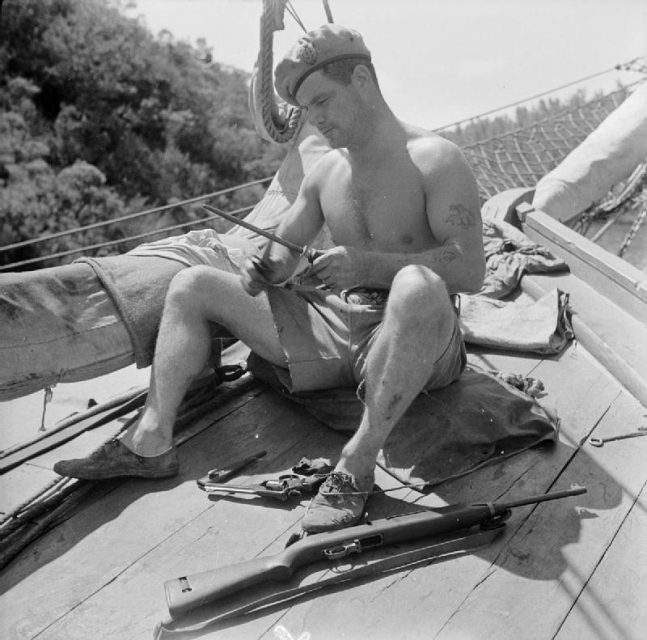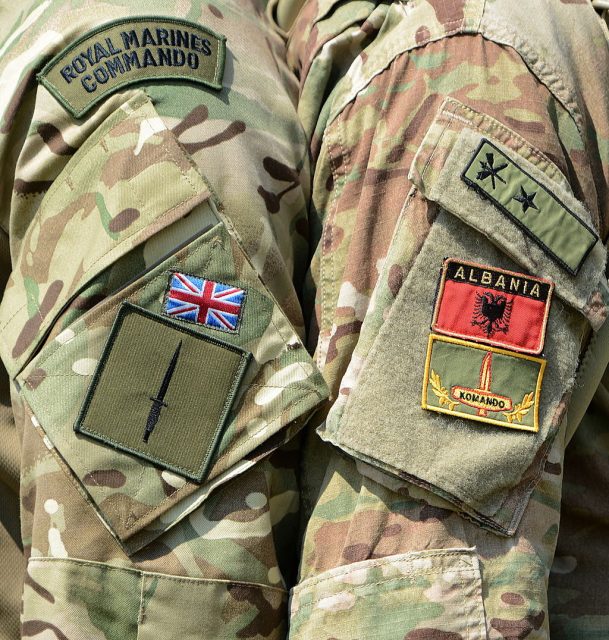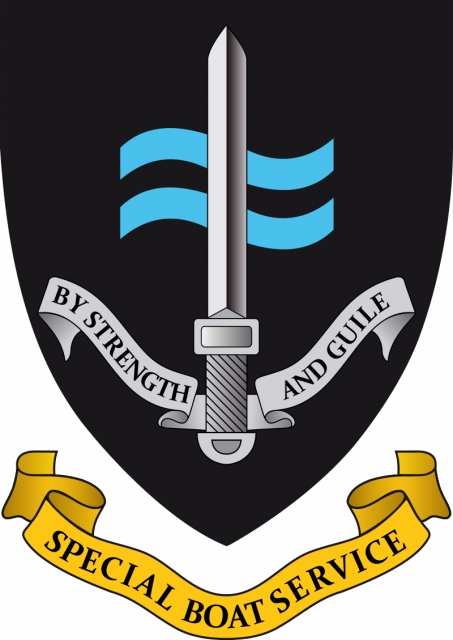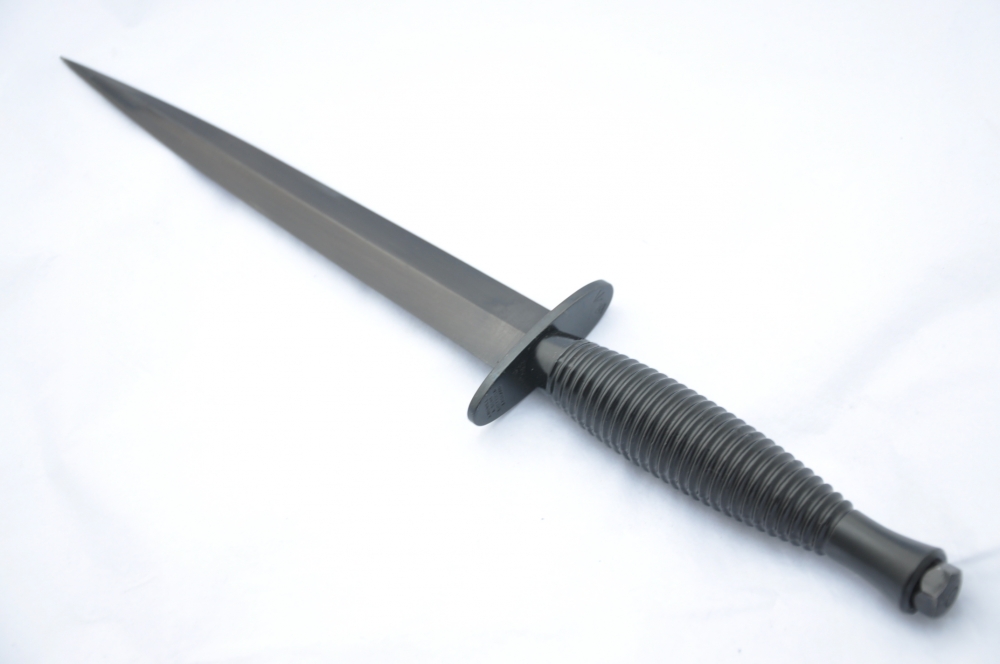A British commando with the Special Boat Service (SBS) killed an ISIS terrorist with a World War II-era Fairbairn-Sykes fighting knife. It is thought to be the first fatality with a Fairbairn-Sykes fighting knife in almost 50 years.
The commando carried the weapon as a lucky charm. He was issued the knife when he joined the regiment nearly 16 years ago and has carried it with him on dozens of operations.
The SBS unit is believed to have been escorting an Afghan commando unit on the search for a terrorist cell when they were ambushed by Islamic State fighters.

During the melee, the British commando became involved in hand-to-hand combat with two ISIS fighters that he had assumed were friendly civilians.
According to an anonymous source, the commando entered a room where he was greeted by two men. He was then attacked and injured with a spade and forced to fight to save his own life.
His firearm was knocked from his hand so he grabbed his knife and stabbed one of the assailants. The second man fled and was later captured.
Later, civilians identified the two men as ISIS fighters who had participated in the initial ambush on the British and Afghan soldiers.
The Fairbairn-Sykes dagger was designed in 1941 by William Fairbairn, a former Royal Marine. He wrote in a book in 1942 that there is no weapon deadlier in close-quarters combat than a knife.

A source inside the SBS commented that the Fairbairn-Sykes knife is still just as useful today as it ever was.
The SBS is the Royal Navy’s counter-terrorism unit. It consists of the most elite and capable soldiers in the British armed forces. They are specialists in daring undercover raids which use the element of surprise.
Most of the work they do is highly classified so little is known about the individuals in the unit. The bulk of them come from the Royal Marines Commandos. Only those with exceptional physical and mental aptitude are considered for the SBS.
They were formed during World War II as a small commando unit used in amphibious operations. They worked in two-man groups to sabotage high-value targets.
Sergeant Stan W Scott, No. 3 Army Commando, demonstrates the use of the Fairbairn-Sykes fighting knife.
Since 2006, the SBS has been the primary UK Special Forces unit in Afghanistan. Their focus there is on taking out key Taliban and ISIS figures and disrupting the drug trade which the Islamic State uses for financing their operations.
SBS troops are highly trained in close quarter fighting as well as diving, parachuting, arctic operations and demolitions.
The first version of the Fairbairn-Sykes Commando knife was ordered by the British War Office in November 1940.

The order was for 1500 knives which were hand made by Wilkinson Sword while they got their machinery set up. This first pattern of the F-S knife was exclusively made by Wilkinson Sword.
As certain metals became harder to come by due to the war effort, changes had to be made to the design of the knife.
Changes were also made to make it easier to produce the knife by machine.
At this time, other manufacturers were brought in to produce the knife for the War Office in order to meet the demand. This “second pattern” of the knife was used from August 1941 to October 1943.

The “third pattern” is still in use today and has been since October 1943, though it went through some modifications until 1949.
Another Article From Us: Abandoned Nuclear Missile Complex in Arizona For Sale $400,000
The current design has become so emblematic of the British Commandos who carry it that it is featured prominently on their badge.
